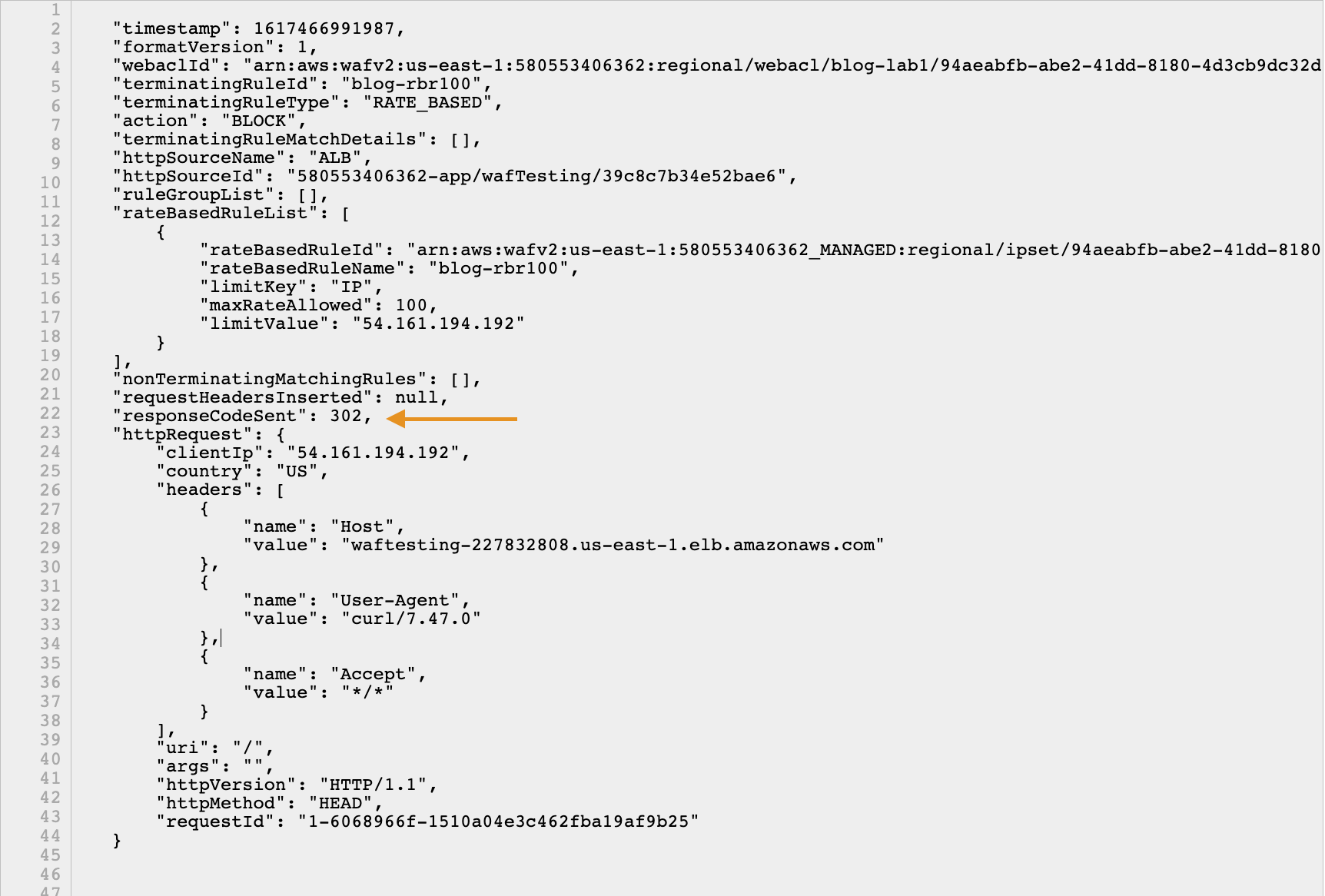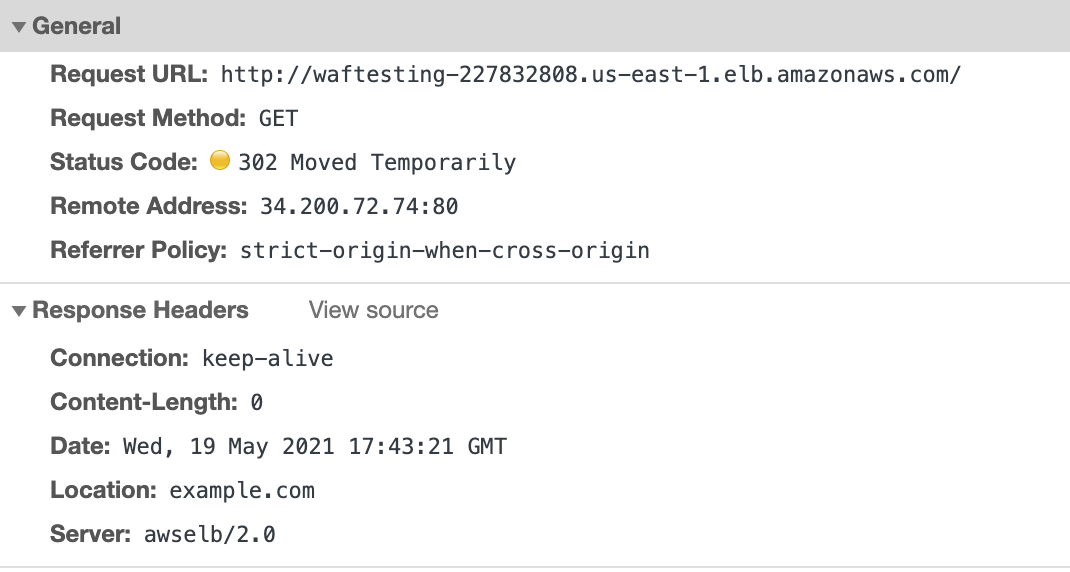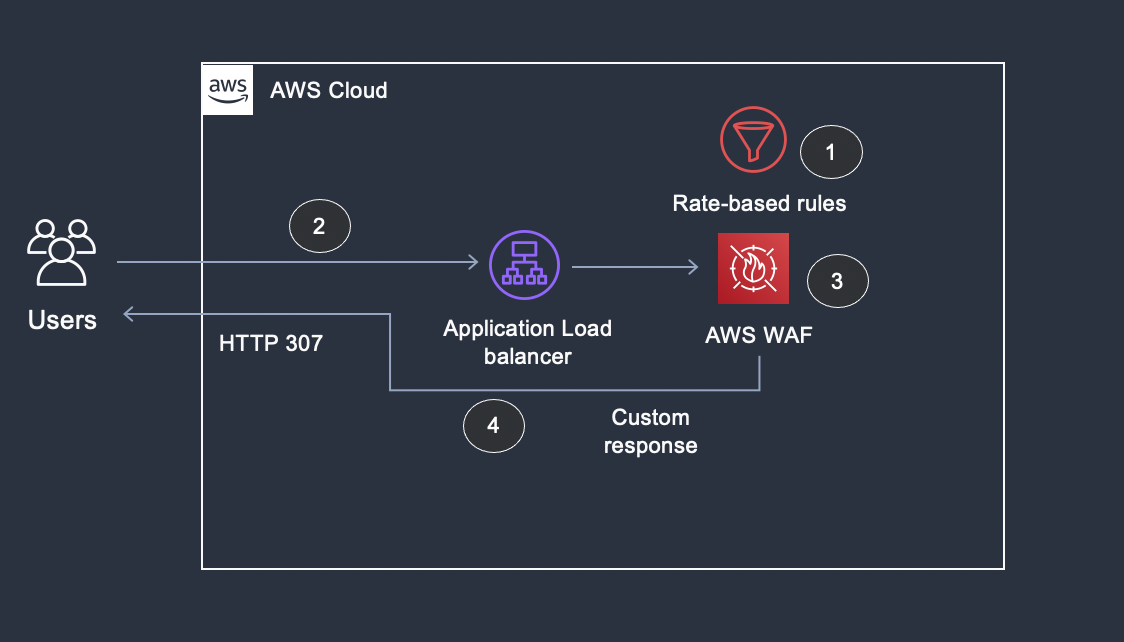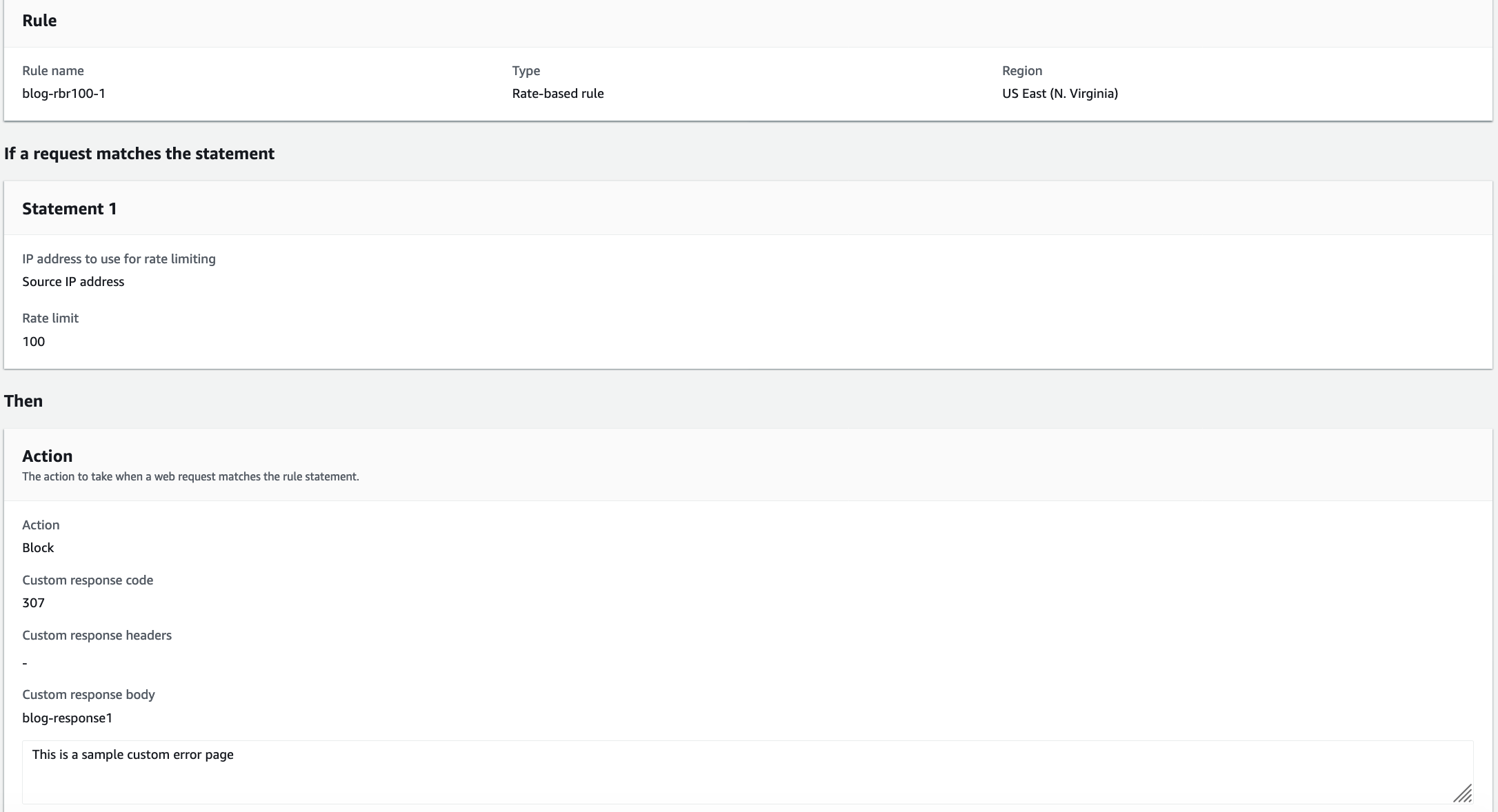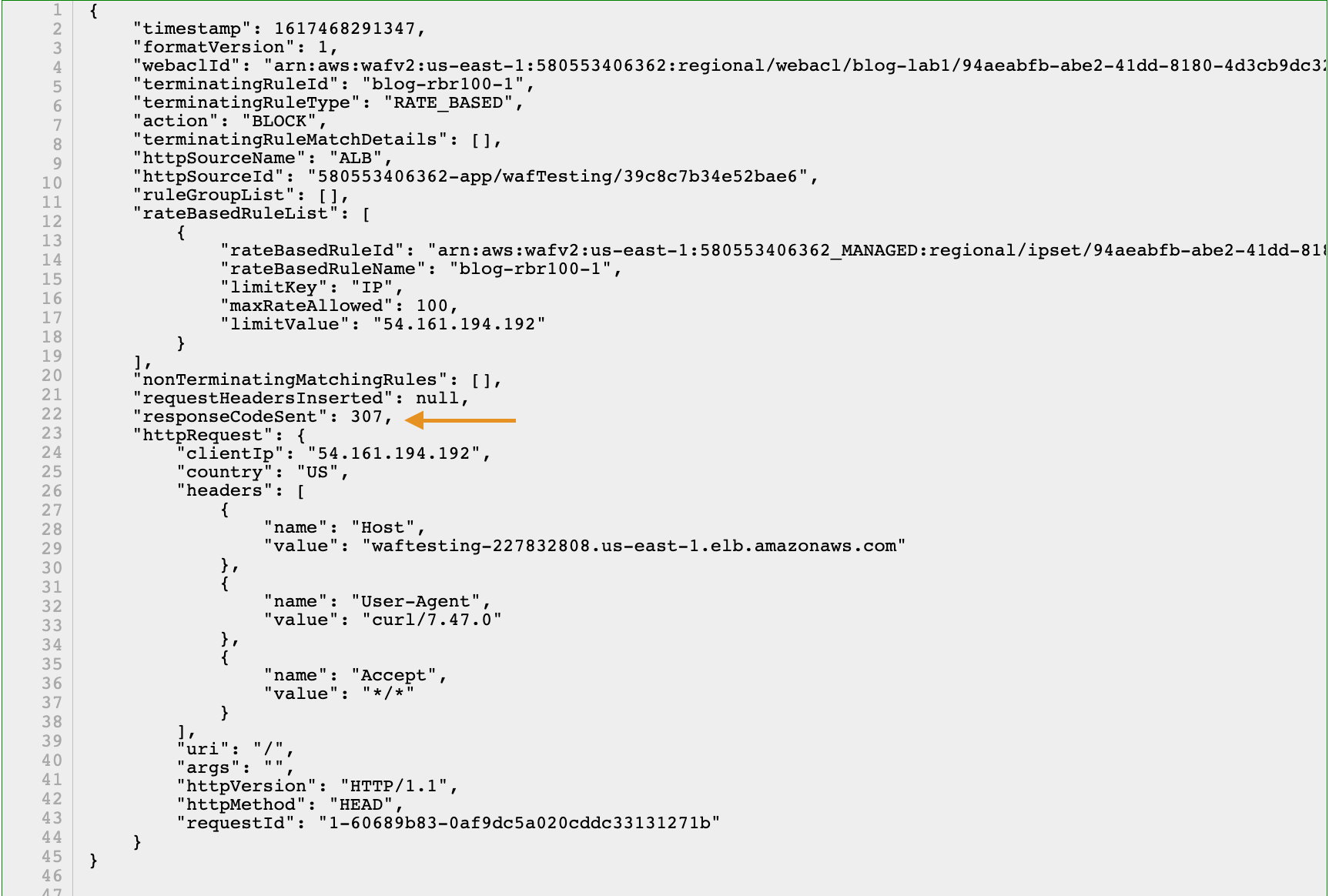Post Syndicated from Harith Gaddamanugu original https://aws.amazon.com/blogs/security/how-to-deploy-aws-network-firewall-by-using-aws-firewall-manager/
AWS Network Firewall helps make it easier for you to secure virtual networks at scale inside Amazon Web Services (AWS). Without having to worry about availability, scalability, or network performance, you can now deploy Network Firewall with the AWS Firewall Manager service. Firewall Manager allows administrators in your organization to apply network firewalls across accounts. This post will take you through different deployment models and demonstrate with step-by-step instructions how this can be achieved.
Here’s a quick overview of the services used in this blog post:
- Amazon Virtual Private Cloud (Amazon VPC) is a logically isolated virtual network. It has inbuilt network security controls and routing between VPC subnets by design. An internet gateway is a horizontally scaled, redundant, and highly available VPC component that allows communication between your VPC and the internet.
- AWS Transit Gateway is a service that connects your VPCs to each other, to on-premises networks, to virtual private networks (VPNs), and to the internet through a central hub.
- AWS Network Firewall is a service that secures network traffic at the organization and account levels. AWS Network Firewall policies govern the monitoring and protection behavior of these firewalls. The specifics of these policies are defined in rule groups. A rule group consists of rules that define reusable criteria for inspecting and processing network traffic. Network Firewall can support thousands of rules that can be based on a domain, port, protocol, IP address, or pattern matching.
- AWS Firewall Manager is a security management service that acts as a central place for you to configure and deploy firewall rules across AWS Regions, accounts, and resources in AWS Organizations. Firewall Manager helps you to ensure that all firewall rules are consistently enforced, even as new accounts and resources are created. Firewall Manager integrates with AWS Network Firewall, Amazon Route 53 Resolver DNS Firewall, AWS WAF, AWS Shield Advanced, and Amazon VPC security groups.
Deployment models overview
When it comes to securing multiple AWS accounts, security teams categorize firewall deployment into centralized or distributed deployment models. Firewall Manager supports Network Firewall deployment in both modes. There are multiple additional deployment models available with Network Firewall. For more information about these models, see the blog post Deployment models for AWS Network Firewall.
Centralized deployment model
Network Firewall can be centrally deployed as an Amazon VPC attachment to a transit gateway that you set up with AWS Transit Gateway. Transit Gateway acts as a network hub and simplifies the connectivity between VPCs as well as on-premises networks. Transit Gateway also provides inter-Region peering capabilities to other transit gateways to establish a global network by using the AWS backbone. In a centralized transit gateway model, Firewall Manager can create one or more firewall endpoints for each Availability Zone within an inspection VPC. Network Firewall deployed in a centralized model covers the following use cases:
- Filtering and inspecting traffic within a VPC or in transit between VPCs, also known as east-west traffic.
- Filtering and inspecting ingress and egress traffic to and from the internet or on-premises networks, also known as north-south traffic.
Distributed deployment model
With the distributed deployment model, Firewall Manager creates endpoints into each VPC that requires protection. Each VPC is protected individually and VPC traffic isolation is retained. You can either customize the endpoint location by specifying which Availability Zones to create firewall endpoints in, or Firewall Manager can automatically create endpoints in those Availability Zones that have public subnets. Each VPC does not require connectivity to any other VPC or transit gateway. Network Firewall configured in a distributed model addresses the following use cases:
- Protect traffic between a workload in a public subnet (for example, an EC2 instance) and the internet. Note that the only recommended workloads that should have a network interface in a public subnet are third-party firewalls, load balancers, and so on.
- Protect and filter traffic between an AWS resource (for example Application Load Balancers or Network Load Balancers) in a public subnet and the internet.
Deploying Network Firewall in a centralized model with Firewall Manager
The following steps provide a high-level overview of how to configure Network Firewall with Firewall Manager in a centralized model, as shown in Figure 1.
Overview of how to configure a centralized model
- Complete the steps described in the AWS Firewall Manager prerequisites.
- Create an Inspection VPC in each Firewall Manager member account. Firewall Manager will use these VPCs to create firewalls. Follow the steps to create a VPC.
- Create the stateless and stateful rule groups that you want to centrally deploy as an administrator. For more information, see Rule groups in AWS Network Firewall.
- Build and deploy Firewall Manager policies for Network Firewall, based on the rule groups you defined previously. Firewall Manager will now create firewalls across these accounts.
- Finish deployment by updating the related VPC route tables in the member account, so that traffic gets routed through the firewall for inspection.

Figure 1: Network Firewall centralized deployment model
The following steps provide a detailed description of how to configure Network Firewall with Firewall Manager in a centralized model.
To deploy network firewall policy centrally with Firewall Manager (console)
- Sign in to your Firewall Manager delegated administrator account and open the Firewall Manager console under AWS WAF and Shield services.
- In the navigation pane, under AWS Firewall Manager, choose Security policies.
- On the Filter menu, select the AWS Region where your application is hosted, and choose Create policy. In this example, we choose US East (N. Virginia).
- As shown in Figure 2, under Policy details, choose the following:
- For AWS services, choose AWS Network Firewall.
- For Deployment model, choose Centralized.

Figure 2: Network Firewall Manager policy type and Region for centralized deployment
- Choose Next.
- Enter a policy name.
- In the AWS Network Firewall policy configuration pane, you can choose to configure both stateless and stateful rule groups along with their logging configurations. In this example, we are not creating any rule groups and keep the default configurations, as shown in Figure 3. If you would like to add a rule group, you can create rule groups here and add them to the policy.

Figure 3: AWS Network Firewall policy configuration
- Choose Next.
- For Inspection VPC configuration, select the account and add the VPC ID of the inspection VPC in each of the member accounts that you previously created, as shown in Figure 4. In the centralized model, you can only select one VPC under a specific account as the inspection VPC.

Figure 4: Inspection VPC configuration
- For Availability Zones, select the Availability Zones in which you want to create the Network Firewall endpoint(s), as shown in Figure 5. You can select by Availability Zone name or Availability Zone ID. Optionally, if you want to specify the CIDR for each Availability Zone, or specify the subnets for firewall subnets, then you can add the CIDR blocks. If you don’t provide CIDR blocks, Firewall Manager queries your VPCs for available IP addresses to use. If you provide a list of CIDR blocks, Firewall Manager searches for new subnets only in the CIDR blocks that you provide.

Figure 5: Network Firewall endpoint Availability Zones configuration
- Choose Next.
- For Policy scope, choose VPC, as shown in Figure 6.

Figure 6: Firewall Manager policy scope configuration
- For Resource cleanup, choose Automatically remove protections from resources that leave the policy scope. When you select this option, Firewall Manager will automatically remove Firewall Manager managed protections from your resources when a member account or a resource leaves the policy scope. Choose Next.
- For Policy tags, you don’t need to add any tags. Choose Next.
- Review the security policy, and then choose Create policy.
- To route traffic for inspection, you manually update the route configuration in the member accounts. Exactly how you do this depends on your architecture and the traffic that you want to filter. For more information, see Route table configurations for AWS Network Firewall.
Note: In current versions of Firewall Manager, centralized policy only supports one inspection VPC per account. If you want to have multiple inspection VPCs in an account to inspect multiple firewalls, you cannot deploy all of them through Firewall Manager centralized policy. You have to manually deploy to the network firewalls in each inspection VPC.
Deploying Network Firewall in a distributed model with Firewall Manager
The following steps provide a high-level overview of how to configure Network Firewall with Firewall Manager in a distributed model, as shown in Figure 7.
Overview of how to configure a distributed model
- Complete the steps described in the AWS Firewall Manager prerequisites.
- Create a new VPC with a desired tag in each Firewall Manager member account. Firewall Manager uses these VPC tags to create network firewalls in tagged VPCs. Follow these steps to create a VPC.
- Create the stateless and stateful rule groups that you want to centrally deploy as an administrator. For more information, see Rule groups in AWS Network Firewall.
- Build and deploy Firewall Manager policy for network firewalls into tagged VPCs based on the rule groups that you defined in the previous step.
- Finish deployment by updating the related VPC route tables in the member accounts to begin routing traffic through the firewall for inspection.

Figure 7: Network Firewall distributed deployment model
The following steps provide a detailed description how to configure Network Firewall with Firewall Manager in a distributed model.
To deploy Network Firewall policy distributed with Firewall Manager (console)
- Create new VPCs in member accounts and tag them. In this example, you launch VPCs in the US East (N. Virginia) Region. Create a new VPC in a member account by using the VPC wizard, as follows.
- Choose VPC with a Single Public Subnet. For this example, select a subnet in the us-east-1a Availability Zone.
- Add a desired tag to this VPC. For this example, use the key Network Firewall and the value yes. Make note of this tag key and value, because you will need this tag to configure the policy in the Policy scope step.
- Sign in to your Firewall Manager delegated administrator account and open the Firewall Manager console under AWS WAF and Shield services.
- In the navigation pane, under AWS Firewall Manager, choose Security policies.
- On the Filter menu, select the AWS Region where you created VPCs previously and choose Create policy. In this example, you choose US East (N. Virginia).
- For AWS services, choose AWS Network Firewall.
- For Deployment model, choose Distributed, and then choose Next.

Figure 8: Network Firewall Manager policy type and Region for distributed deployment
- Enter a policy name.
- On the AWS Network Firewall policy configuration page, you can configure both stateless and stateful rule groups, along with their logging configurations. In this example you are not creating any rule groups, so you choose the default configurations, as shown in Figure 9. If you would like to add a rule group, you can create rule groups here and add them to the policy.

Figure 9: Network Firewall policy configuration
- Choose Next.
- In the Configure AWS Network Firewall Endpoint section, as shown in Figure 10, you can choose Custom endpoint configuration or Automatic endpoint configuration. In this example, you choose Custom endpoint configuration and select the us-east-1a Availability Zone. Optionally, if you want to specify the CIDR for each Availability Zone or specify the subnets for firewall subnets, then you can add the CIDR blocks. If you don’t provide CIDR blocks, Firewall Manager queries your VPCs for available IP addresses to use. If you provide a list of CIDR blocks, Firewall Manager searches for new subnets only in the CIDR blocks that you provide.

Figure 10: Network Firewall endpoint Availability Zones configuration
- Choose Next.
- For AWS Network Firewall route configuration, choose the following options, as shown in Figure 11. This will monitor the route configuration using the administrator account, to help ensure that traffic is routed as expected through the network firewalls.
- For Route management, choose Monitor.
- Under Traffic type, for Internet gateway, choose Add to firewall policy.
- Select the checkbox for Allow required cross-AZ traffic, and then choose Next.

Figure 11: Network Firewall route management configuration
- For Policy scope, select the following options to create network firewalls in previously tagged VPCs, as shown in Figure 12.
- For AWS accounts this policy applies to, choose All accounts under my AWS organization.
- For Resource type, choose VPC.
- For Resources, choose Include only resources that have the specified tags.
- For Key, enter Network Firewall. For Value, Enter Yes. The tag you are using here is the same tag defined in step 1.

Figure 12: AWS Firewall Manager policy scope configuration
Important: Be careful when defining the policy scope. Each policy creates Network Firewall endpoints in all the VPCs and their Availability Zones that are within the policy scope. If you select an inappropriate scope, it could result in the creation of a large number of network firewalls and incur significant charges for AWS Network Firewall.
- For Resource cleanup, select the Automatically remove protections from resources that leave the policy scope check box, and then choose Next.

Figure 13: Firewall Manager Resource cleanup configuration
- For Policy tags, you don’t need to add any tags. Choose Next.
- Review the security policy, and then choose Create policy.
- To route traffic for inspection, you need to manually update the route configuration in the member accounts. Exactly how you do this depends on your architecture and the traffic that you want to filter. For more information, see Route table configurations for AWS Network Firewall.
Clean up
To avoid incurring future charges, delete the resources you created for this solution.
To delete Firewall Manager policy (console)
- Sign in to your Firewall Manager delegated administrator account and open the Firewall Manager console under AWS WAF and Shield services
- In the navigation pane, choose Security policies.
- Choose the option next to the policy that you want to delete.
- Choose Delete all policy resources, and then choose Delete. If you do not select Delete all policy resources, then only the firewall policy on the administrator account will be deleted, not network firewalls deployed in the other accounts in AWS Organizations.
To delete the VPCs you created as prerequisites
- Follow the instructions to delete your VPC in the Amazon Virtual Private Cloud User Guide.
Conclusion
In this blog post, you learned how you can use either a centralized or a distributed deployment model for Network Firewall, so developers in your organization can build firewall rules, create security policies, and enforce them in a consistent, hierarchical manner across your entire infrastructure. As new applications are created, Firewall Manager makes it easier to bring new applications and resources into a consistent state by enforcing a common set of security rules.
For information about pricing, see the pages for AWS Firewall Manager pricing and AWS Network Firewall pricing. For more information, see the other AWS Network Firewall posts on the AWS Security Blog. Want more AWS Security how-to content, news, and feature announcements? Follow us on Twitter.
If you have feedback about this post, submit comments in the Comments section below. If you have questions about this post, start a new thread on the AWS Firewall Manager re:Post or contact AWS Support.
Want more AWS Security news? Follow us on Twitter.















